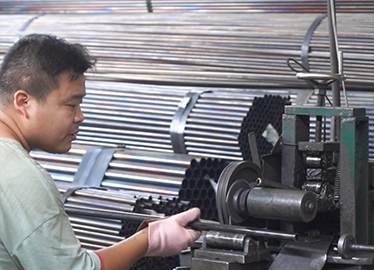how to teach your kid to ride a balance bike
Teaching your child to ride a balance bike can be a rewarding experience that helps them develop essential skills for riding a traditional bike later on. Balance bikes, which are pedal-less bicycles, allow children to focus on balancing, steering, and coordination without the added complexity of pedaling. Here’s a step-by-step guide on how to teach your kid to ride a balance bike effectively.
1. Choose the Right Bike The first step is to select a balance bike that fits your child. The bike should be the right size, allowing the child to place their feet flat on the ground while sitting comfortably. Most balance bikes come with adjustable seat heights, so you can modify it as your child grows.
2. Gear Up for Safety Always ensure your child wears a helmet that fits properly to protect their head during rides. Knee and elbow pads can also provide additional safety, especially when they are just starting and may fall occasionally.
3. Find a Suitable Location Look for a flat, open space that is free of obstacles, such as a park or an empty parking lot. Soft grass can be a good starting point as it can cushion any falls.
4. Introduce the Bike Allow your child to explore the balance bike without pressure. Let them push it around, get familiar with its weight, and sit on the seat. Encourage them to scoot with their feet while gliding to get used to the feeling of balance.
5. Teach Them to Scoot Once they’re comfortable sitting on the bike, encourage them to place their feet on the ground and start scooting along with their feet. This helps them feel the balance crucial for riding. Make it a fun activity by racing or playing games where they have to scoot around cones or markers.
how to teach your kid to ride a balance bike

6. Lift the Feet Off the Ground As your child becomes more comfortable, encourage them to lift their feet off the ground while scooting. Start with short glides and gradually increase the distance as their confidence grows. You can even time them to see how long they can balance, making it a fun challenge.
7. Encourage Steering and Braking Teach them how to steer by leaning their bodies in the direction they want to go. Also, demonstrate how to brake by dragging their feet gently on the ground when they need to stop.
8. Celebrate Progress Celebrate every little achievement to keep your child motivated. Whether it’s gliding further or balancing for a longer time, positive reinforcement can boost their confidence.
9. Transition to a Pedal Bike Once your child masters the balance bike and feels confident, transitioning to a pedal bike will be much easier for them. They will already have the essential balancing skills and coordination needed for riding with pedals.
Teaching your child to ride a balance bike can be a fun bonding experience. With patience, encouragement, and practice, your child will soon be zooming around, enjoying the freedom and excitement of riding on two wheels!
-
Three-Wheel Light-Up Scooter Benefits for KidsNewsJul.11,2025
-
The Importance of Helmet Safety When Using a Kids ScooterNewsJul.11,2025
-
Nurturing Early Mobility with an Infant ScooterNewsJul.11,2025
-
How to Choose the Safest Tricycle for KidsNewsJul.11,2025
-
Fixing a Squeaky Baby Push Tricycle in MinutesNewsJul.11,2025
-
Cleaning and Maintaining a Tricycle for Big KidNewsJul.11,2025
-
Unleash Fun and Safety with Our Premium Kids Scooter CollectionNewsJun.06,2025








